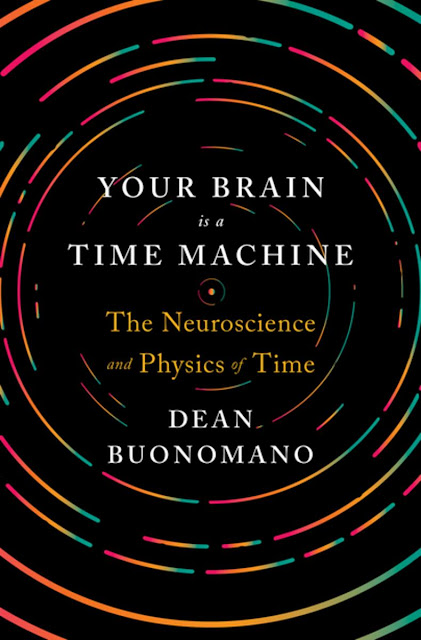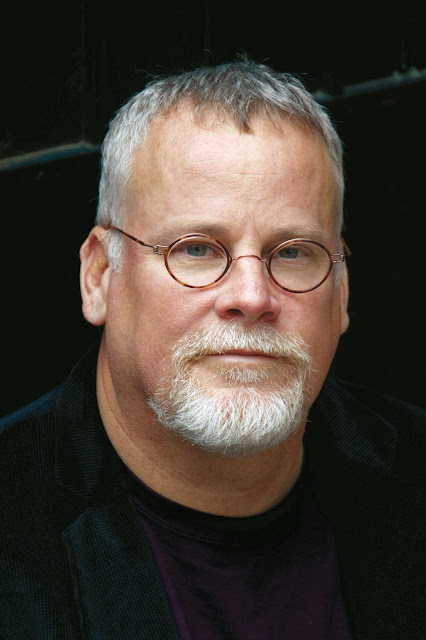 |
| Muriel Spark |
Rekindling the Spark: Bio recalls novelist
Nonfiction: "Muriel Spark: The Biography," by Martin Stannard. MACKENZIE CARPENTER
July 4, 2010

Elegant, macabre, clever, subversive, funny and, these days, mostly forgotten.
Muriel Spark (1918-2006) may be the best post-World War II British novelist people never read any more, remembered mainly as author of "The Prime of Miss Jean Brodie," her only novel to achieve popular success.
"Memento Mori," "Girls of Slender Means," "The Driver's Seat" and many of her other novels won rave reviews in their day but have faded into obscurity.
With the publication of Martin Stannard's massive new biography, it might be time for a Spark revival, though. Through archives, letters, publications and interviews, he delineates the life of a publicly celebrated writer who was, the author says, "a mistress of disguise and disappearances."
Well before Betty Friedan composed her own 1962 manifesto for female self-determination, Muriel Spark practiced it without apology, with complete confidence in her genius.
When worldwide fame came after "The Prime of Miss Jean Brodie" (which was published in its entirety in The New Yorker), she accepted it as her due, lived large, wore couture, leased fabulous apartments in New York and Rome and had entourages of friends and admirers. (After two dismal love affairs she pretty much abandoned sex although she found late-in-life happiness in an apparently asexual companionship with artist Penelope Jardine.) Yet, always, she was the disciplined writer, indeed, prolific -- 22 novels in all.
Ms. Spark had invited Mr. Stannard to write this book back in 1992 when she read his acclaimed two-volume biography on Evelyn Waugh. It can be an exhausting read, overstuffed with facts about her battles with publishers, editors and journalists.
Famously litigious, Ms. Spark fiercely guarded her privacy, once threatening an injunction when an interviewer wrote she had cooked dinner for Tennessee Williams because, she claimed, all her parties were catered.
Ms. Spark called her fiction "a literature of ridicule" and her shrewdly observed characters are mostly unscrupulous, often stupid, and if they're smart, they're often venal.
Frequently touted as a "Catholic novelist" in the manner of Waugh and Graham Greene (two friends who strongly supported her during her early years as a literally starving writer), her Catholicism was selective; she disdained popes and sermons and supported birth control, but in spare, exacting prose, was always preoccupied with matters of the soul -- self-sacrifice, original sin.
Born Muriel Camberg into a middle-class family in Edinburgh, Ms. Spark was half Jewish, which may have accounted for her divided personality -- a workaholic who craved solitude (she'd sometimes check herself into a private hospital so she could write without being disturbed).
She also loved the limelight, as long as she controlled it. A vivacious redhead, she enjoyed being admired by men, but mocked them after they would leave the room.
Mr. Stannard goes to great lengths to defend her behavior, which could be selfish and cruel, most notably in her treatment of her son, Robin, her only child from a disastrous early marriage to a man who abused her during seven miserable years in Africa.
Let's face it, she could be monstrous, but Muriel Spark's life is worth reading, and if any good comes from this book, it will mean her novels are read again.
But you'll have to order them online. A recent visit to a large chain bookstore revealed many Sparks (Nicholas) on the shelf under "S" but only one small singular Spark -- the "Brodie" book. Depressing.




































